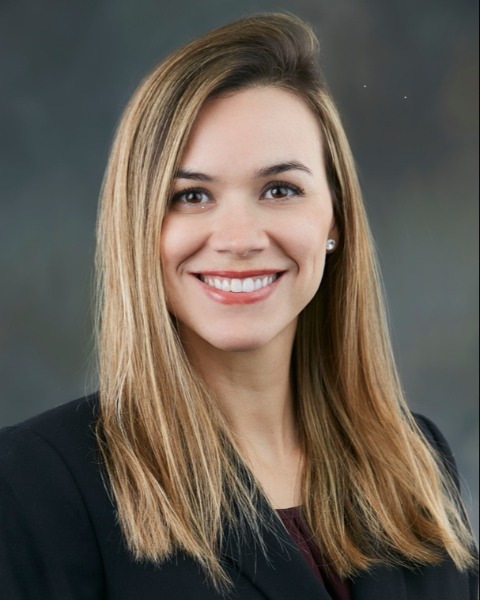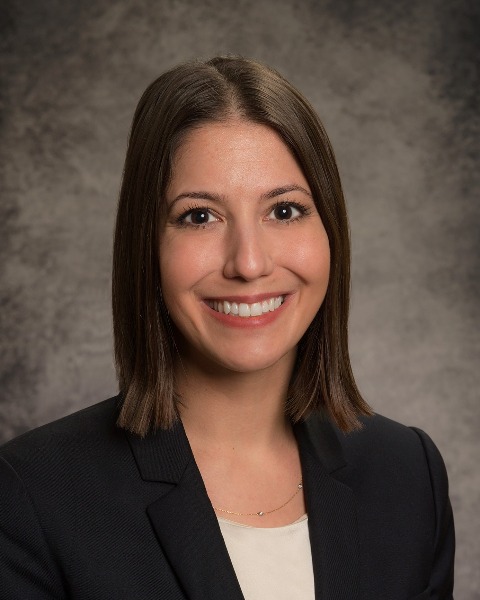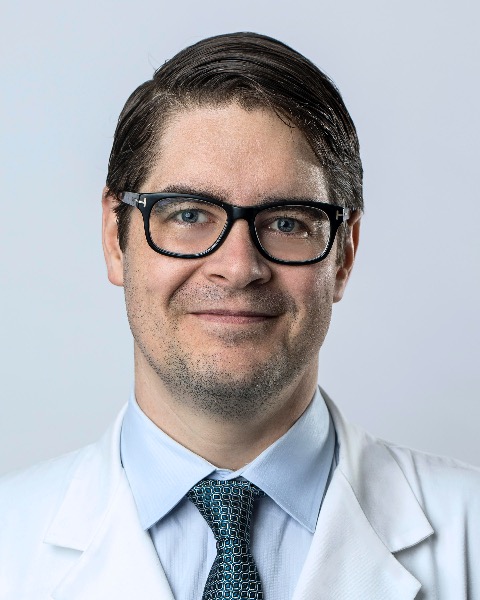HPB
non-CME
P36: Campylobacter abundance is associated with an inflammatory immune signature in pancreatic cancer

Katiuscha Merath, MD (she/her/hers)
Resident
Department of Surgery, University of Texas HSC San Antonio
San Antonio , Texas, United StatesDisclosure information not submitted.

Katiuscha Merath, MD (she/her/hers)
Resident
Department of Surgery, University of Texas HSC San Antonio
San Antonio , Texas, United StatesDisclosure information not submitted.
- MB
Mautin Barry-Hundeyin, MD
Surgical Oncologist
Department of Surgery, The University of Kentucky College of Medicine, United StatesDisclosure information not submitted.
- BE
Brett L. Ecker, MD
Assistant Professor of Surgery
Division of Surgical Oncology, Rutgers Cancer Institute of New Jersey
Livingston, New Jersey, United StatesDisclosure information not submitted.
- CM
Caitlin A. Mcintyre, MD
Fellow
Memorial Sloan Kettering Cancer Center, United StatesDisclosure information not submitted.
- AP
Alessandra Pulvirenti, MD PhD
Assistant Professor
Fondazione Poliambulanza Istituto Ospedaliero Multispecialistico, United StatesDisclosure information not submitted.

Cecilia Ethun, MD MS (she/her/hers)
Assistant Professor of Surgery
UT Southwestern
Dallas, Texas, United StatesDisclosure(s): No financial relationships to disclose
.jpg)
Mio Kitano, MD, MS (she/her/hers)
Associate Professor
University of Texas Health San Antonio, Texas, United StatesDisclosure(s): No financial relationships to disclose

Alexander A. Parikh, MD, MPH, FACS, FSSO (he/him/his)
Professor of Surgery
UT Health San Antonio MD Anderson
San Antonio, Texas, United StatesDisclosure(s): No financial relationships to disclose

Colin Court, MD PhD (he/him/his)
Assistant Professor
Mays Cancer Center, University of Texas HSC San Antonio
San Antonio, Texas, United StatesDisclosure information not submitted.
Poster Presenter(s)
Author(s)
Trials of immunotherapy in pancreatic cancer have failed to demonstrate any consistent response likely due to the immunologically “cold” nature of the tumor microenvironment. Recent studies have demonstrated the potential importance of the microbiome in both carcinogenesis and response to therapy in pancreas cancer; in particular, Campylobacter species are associated with pancreas cancer carcinogenesis in a in vivo model. We hypothesized that campylobacter associated tumors may be associated with a different pancreatic cancer immune subtype.
Methods: The cBioPortal platform for Cancer Genomics database was queried for PDAC samples as well as microbiome data from The Cancer Genome Atlas (TCGA) pancreatic cancer dataset. Separately, the immune landscape of cancer database was used to classify the immune infiltrate for all TCGA samples (Thorsson, 2018). Microbiome abundance was resolved from both genome and mRNA to the genus level by Kraken and compared to immune subtypes by the Kruskal-Wallis χ2 test.
Results:
The TCGA (n=182) clinical, microbiome, and immune infiltrate data were obtained as described. Median patient age was 65 (IQR 56-73) years and 55% were male. Most patients had AJCC pStage I-II disease (94.6%). Immune infiltrate subtype classification was successful for 150/182 patients (82.4%) with the following subtypes: C1 (Wound-healing) 30.8% (n = 56), C2 (IFN-γ dominant) 17.6% (n = 32), C3 (Inflammatory) 22% (n = 40), C4 (lymphocyte-depleted) 0.5% (n = 1), C6 (TGF-β dominant) 11.5% (n = 21). Campylobacter species abundance was higher in C3 (Inflammatory) subtype tumors when compared to all other subtypes (Kruskal-Wallis χ2 = 11.53, p = 0.0007) as well as the predominant C1 subtype alone (p = 0.001). Furthermore, Campylobacter abundance was correlated with a more diverse T cell receptor (TCR) repertoire (Shannon entropy correlation = 0.39, p < 0.0001) and a higher leukocyte fraction (cor = 0.28, p = 0.00019).
Conclusions:
Pancreatic cancers demonstrating higher abundance of Campylobacter are associated with the C3 (Inflammatory) immune infiltrate subtype as well as a more diverse TCR repertoire and higher leukocyte fraction. These findings suggest that further research into the role of the microbiome in pancreatic cancer is sorely needed and may have implications for understanding the regulation of the immune microenvironment.
Learning Objectives:
- Upon completion, participants will be able to understand that Campylobacter abundance is associated with a different immune subtype compared to the majority of pancreatic cancers.
- Upon completion, participants will be able to understand that the campylobacter is also associated with other measures of a more favorable immune microenvironment such as TCR repertoire and leukocyte fraction.
- Participants will be able to understand that this is a retrospective study from several public databases but emphasizes the potential importance that the microbiome plays in immune regulation in PC.
